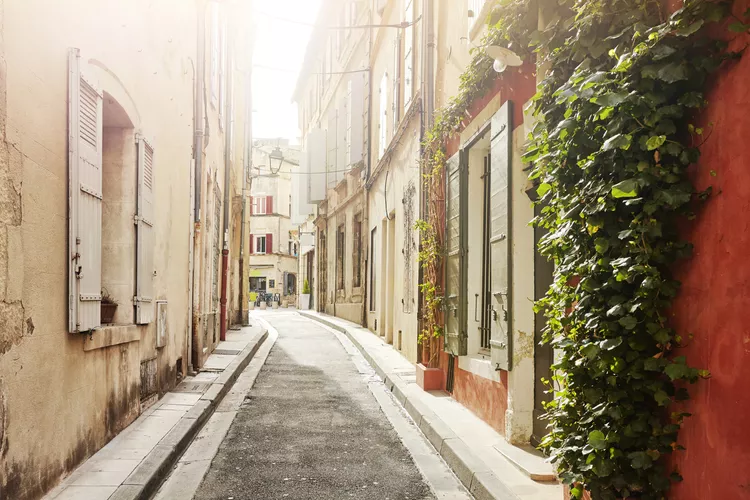Summer vs. Off-Season Travel in Europe
- A summer vacation highlights travel experiences.
- The benefits of off-season travel are enticing for seasoned travelers.
- Unique experiences available during the quieter months.
A summer vacation is, for many, the highlight of their year. Heading to sunnier climes, enjoying the beach, or savoring an ice cream in the shade of a beautiful cathedral embodies the essence of travel. However, for others, the optimal time to travel is in the off-season.
You’ll frequently hear seasoned travelers extolling the virtues of September-May travel—fewer tourists, enhanced cultural options, greater mingling opportunities with locals, a more relaxed atmosphere, reduced airfare and hotel rates, and the absence of the summer swelter.
However, despite the benefits of high season in Europe—including reduced rainfall, maximum daylight, ease of light packing, and abundant tourist resources—off-season travel remains superior for many adventurers.
Places to Go
Let’s clarify the commonly agreed-upon off-season and shoulder-season dates:
- High Season: (Peak Season): Summer, Mid-June to August
- Shoulder Season: April through May, mid-June, or September through October
- Off Season: November through March
Seasoned travelers often base their destinations on seasonal considerations. For instance, you might not particularly fancy indulging in the traditional German, Swiss, or Austrian cuisine during the summer; the food feels too heavy in the heat. Nevertheless, on a crisp fall day, a stroll through the Black Forest or a cruise along the Rhine could be more appealing. Following this, returning to your hotel for a hot bath and enjoying hearty sausages and spaetzle by a roaring fire is an undeniable delight.
When to Go
Here are a few tips for unique experiences available during the quieter months.
Truffles: The Sexy Fungus
Truffles are reputed to emit the most enticing aroma on the planet. Why not embark on a search for these culinary gems? Head to Italy’s Piemonte region to sample exquisite cuisine while seeking out your own tubers at La Casa del Trifulau.
Alternatively, plan a November trip to Tra Arte & Querce for a delightful truffle breakfast each morning. In the Emilia-Romagna region, partake in a fall truffle hunt at Al Vecchio Convento during October-November, featuring a fine restaurant, cooking classes, and weekly dinner buffets with traditional dancing to local Romagna music.
A Wine Festival in Tuscany
In Europe, wine is celebrated, especially after the harvest season concludes. Locals often dress in medieval costumes to commemorate this age-old tradition.
Art
To immerse yourself further in this lifestyle, consider taking a course in Ancient Painting Techniques or Etching and experience living in Italy for a while. If Florence calls to you, explore options at L’Accademia D’Arte.
For the Contrarian – The Polar Circle and Iceland
Going against the grain can provide unique experiences. Consider a tour of Denmark and Greenland, where you can engage in various winter activities starting as early as November—like a Dog Sledge Experience or a Reindeer Safari, not to mention an overnight stay in an igloo. When asked where you vacationed, saying “Kangerlussuaq” could be quite the conversation starter.
Alternatively, visiting Iceland in autumn offers the chance to witness the Aurora Borealis in October, creating a truly magical ambiance.
Ardor and Armor
On the Greek island of Kos, autumn marks turtle mating season. Although one might wonder about its significance, sharing this delightful spectacle can make for great stories at social gatherings, particularly if you can mimic the male’s “passionate hissing” sound as he approaches the female’s armored shell.
Rain and Reduced Sunlight
In Mediterranean regions, fall commences the rainy season. Many cities have adapted to the challenges of rainfall over the years. For instance, the city of Bologna features a network of arcaded streets, allowing visitors to traverse the town without getting wet. Additionally, medieval architecture showcases overhangs that speak to the history of urban design. Old towns often feature charming cafes, where you can enjoy a coffee, soda, or a warming brandy while waiting for the rain to pass. Alternatively, you might choose to use a railpass for a scenic train ride.
Of course, the off-season in Europe is also characterized by fewer hours of sunlight. If nighttime city strolls intimidate you, remember that many European city centers are much safer than their American counterparts, as they foster a culture of public gatherings and moderate alcohol consumption.
Packing Tips
- Pack Light: Packing is straightforward during warm weather with shorts and shirts. Conversely, layering becomes essential in cooler temperatures. Include a light undershirt, long-sleeved shirts, sweaters, and a light windbreaker/rain jacket for unexpected weather conditions.
- Use Compressor Bags: Consider investing in compressor bags, such as those made by Eagle Creek, to reduce bulk by an impressive 40-50 percent, particularly with sweaters.





